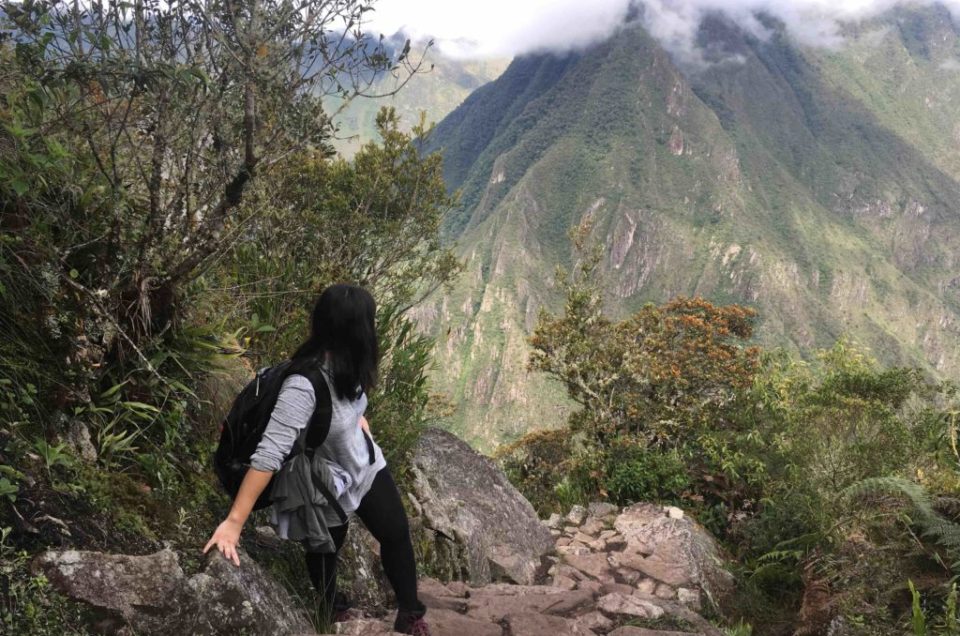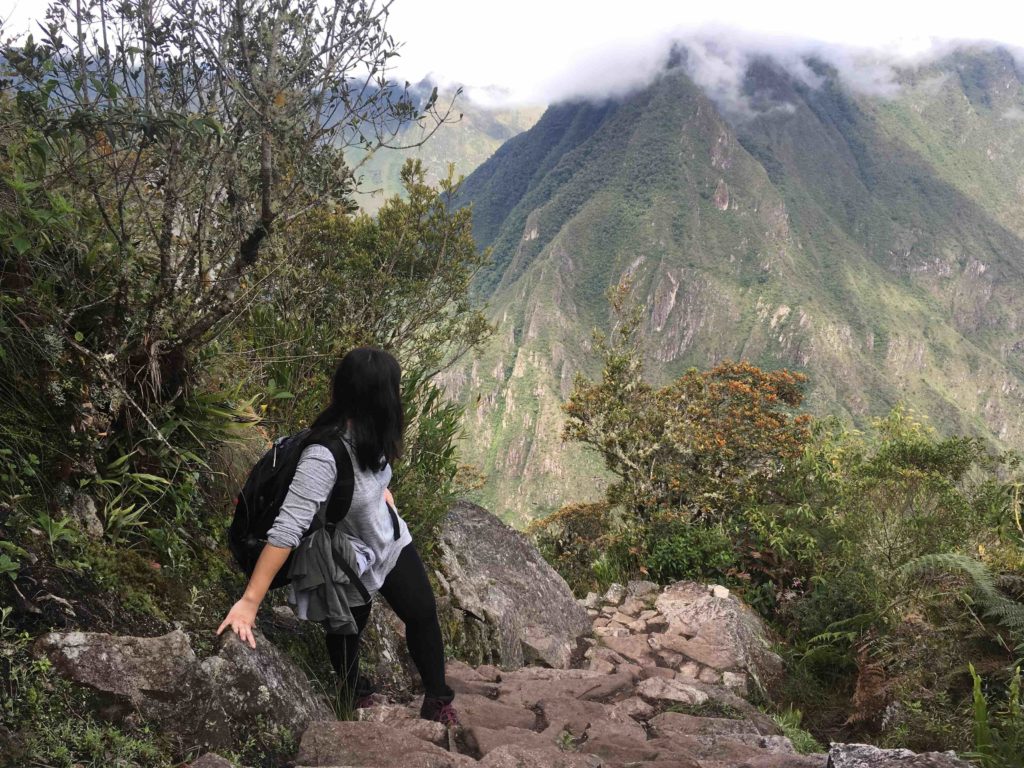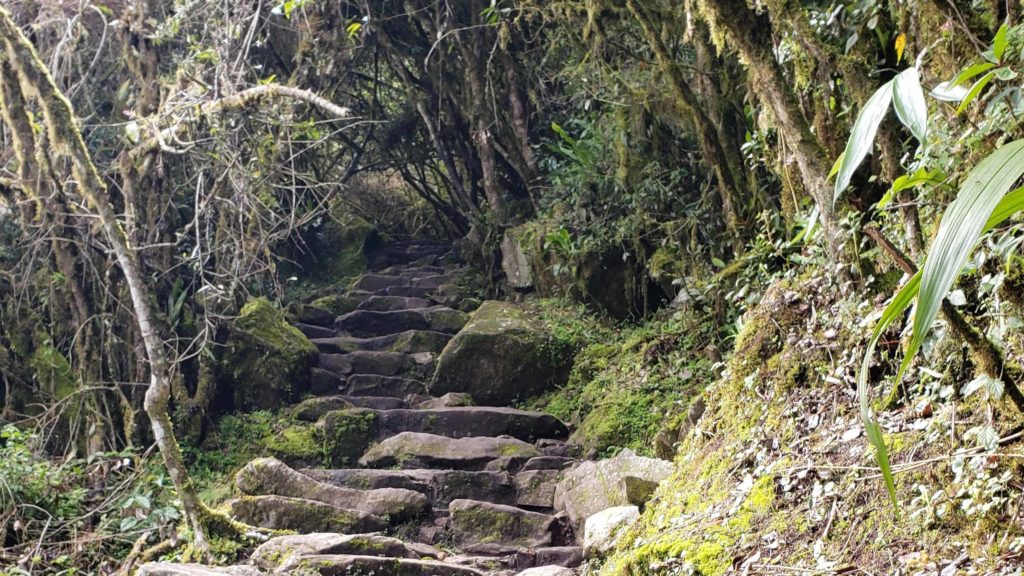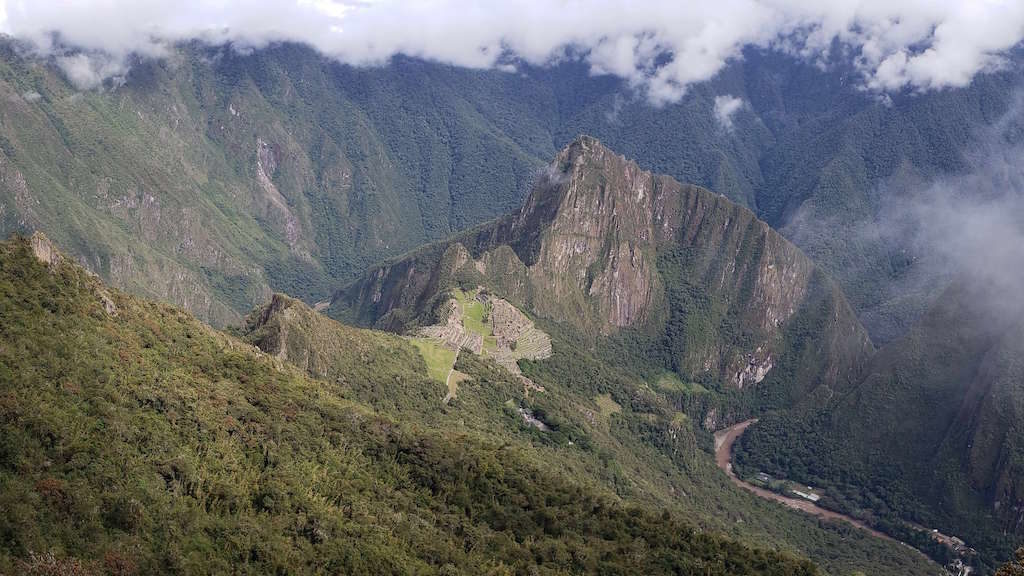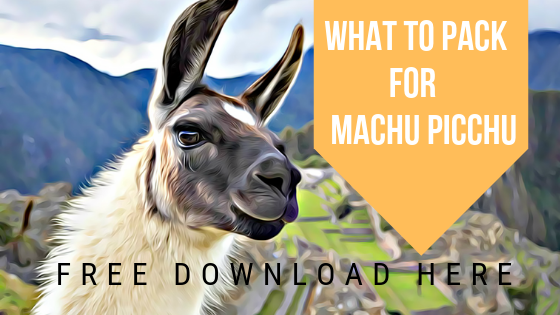Introduction & Statistics of Machu Picchu hikes
For ages, speculation over which Machu Picchu trek promises a greater escapade has been a hotbed of debate. After all, would it be worthwhile to spend a longer time hiking Machu Picchu Mountain, therefore ending up at the highest peak possible, or, rather, unleash your inner daredevil traversing the steep cliffs of Huayna Picchu? Of course, the final say is yours. However, Machu Picchu Mountain has many unconsidered or overlooked beneficial attributes. Don’t allow rash decision-making to derail the trip quality. Instead, take into account this brief overview standardizing the positives of trekking Machu Picchu. Likewise, this article offers comparisons of each hike to ensure your commitment to the adventure that best suits your liking.
Firstly, as mentioned above, the Machu Picchu Mountain exists as the tallest mountain range within that given area. It is 3,050 m. (10,007 ft.) above sea-level, whereas the Huayna Picchu Mountain clocks in at 2,720 m. (8,294 ft.) above sea-level. Thus, the Machu Picchu Mountain allows an unparalleled perspective of the ancient sanctuary. Accordingly so, at the end of the hike, you’ll also receive a sublime view of Huayna Picchu, Machu Picchu, the Putucusi Mountains and–a mere sliver below–the Urubamba River. But this comes at a price: the Machu Picchu hike lasts around 4 hours, while Huayna Picchu can be dealt with in 1.5 to 2 hours.
Anatomy of Each Machu Picchu Hike
Naturally, one has to weigh out the pros and cons of each journey before coming to conclusions. Thus, the allotted time spent scaling either mountain should be a secondary factor when considering precautionary hiking conditions. For instance, though the Machu Picchu hike takes doubly longer, (both hikes distance around 2 km) Huayna Picchu exceeds the former in having dire hazards. Listed below are the various traits of each hike; learning about them will help you decide which adventure more aligns with your expectations.
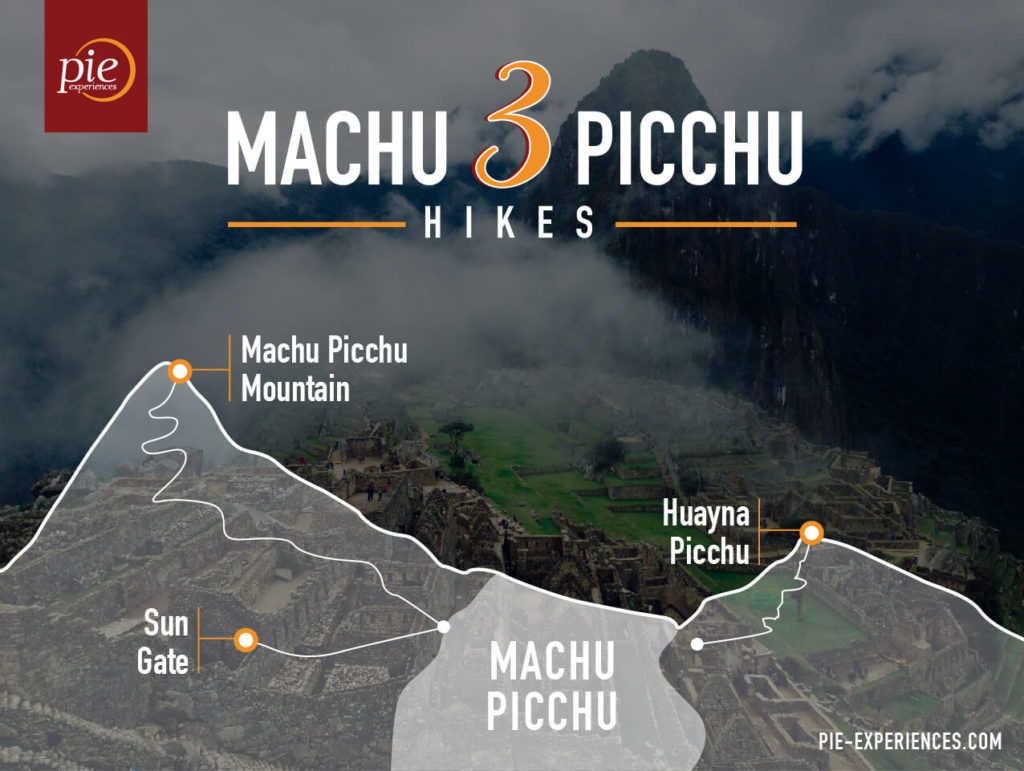 Hiking Huayna Picchu Mountain
Hiking Huayna Picchu Mountain
For starters, Huayna Picchu prides itself with steep and narrow roads. Huayna Picchu is visually intimidating, with overgrown vegetation sprawled about, making it harder to advance the path. Aside from crossing stone and wooden stairways, you will also need to cling onto ropes and handrails to overcome steeper roadways. Additionally, crowds gather rather quickly around certain drop-off points. So if you have a fear of heights, maybe scrambling along an exposed cliff edge with 200 other hikers isn’t the soundest idea. Similarly, at the top of the trail, boulders block the path. Therefore, climbing over and under them to reach the other side becomes necessary. However, you won’t need to be an expert rock climber to triumph this element.
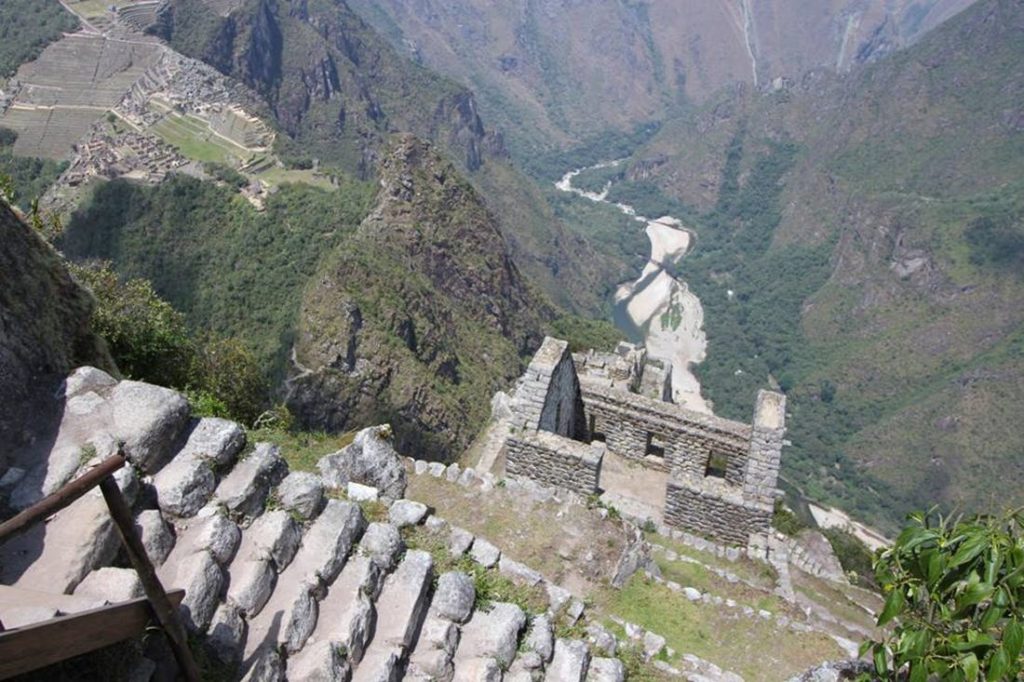 Reaching the summit will take a mere 45 minutes, despite the clutter of hikers. This route is much speedier than hiking Machu Picchu Mountain because it is naturally more vertical. Along the way, you will see various archaeological attractions, like the Temple of the Moon and Andenería. These sites are built inside a natural cave and emit wonder. For obvious reasons, those who suffer from vertigo or fear of heights should not hike this mountain.
Reaching the summit will take a mere 45 minutes, despite the clutter of hikers. This route is much speedier than hiking Machu Picchu Mountain because it is naturally more vertical. Along the way, you will see various archaeological attractions, like the Temple of the Moon and Andenería. These sites are built inside a natural cave and emit wonder. For obvious reasons, those who suffer from vertigo or fear of heights should not hike this mountain.
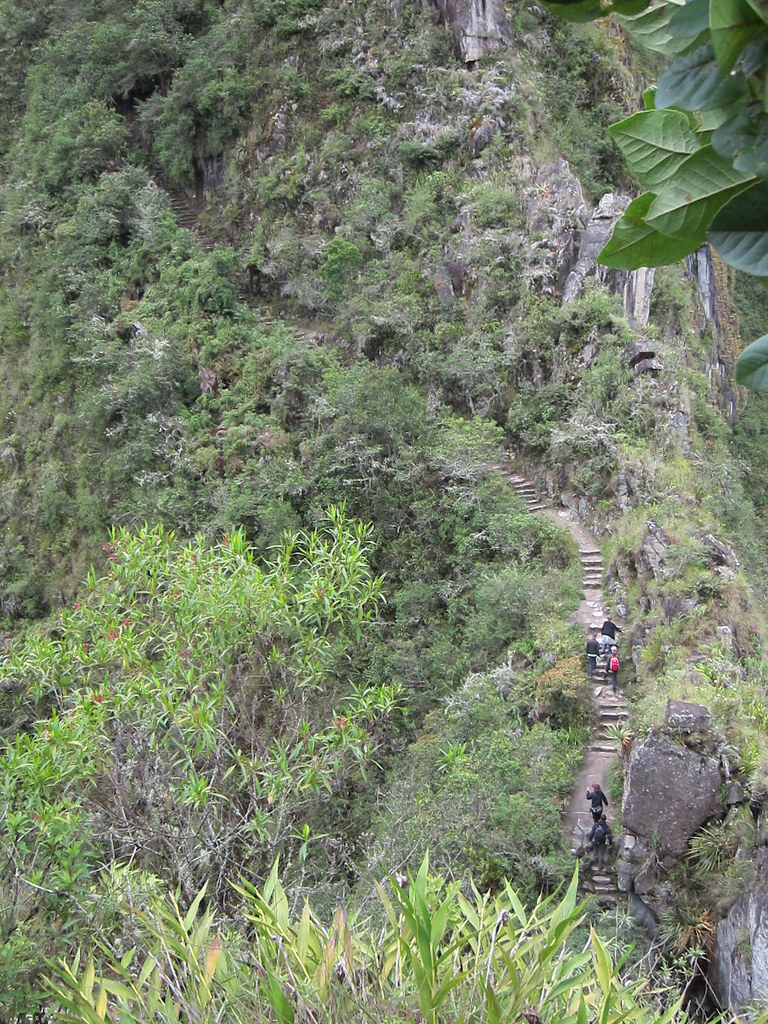
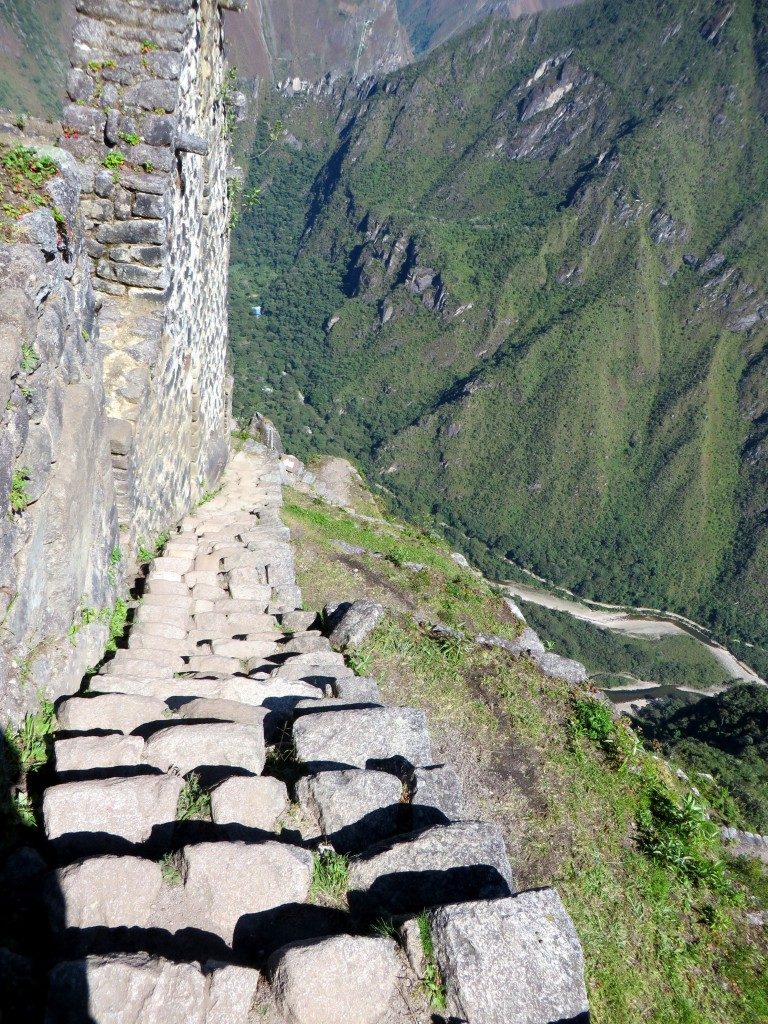 Hiking Machu Picchu Mountain
Hiking Machu Picchu Mountain
On the other hand, hiking Machu Picchu Mountain poses a much safer, more tranquil alternative. Ascending the original stone Inca Trail, you will find this trek moderately challenging. Because it is less touristy, longer periods of time elapse without seeing passersby. You will soon discover that the lack of clutter makes this widened path even easier to traverse. (Likewise, the trail will be marked throughout) Therefore, since your breath will be caught sooner, you’ll have ample time to enjoy the mountain’s flora and fauna–for you are bound to cross a variety of birds, butterflies, and orchids. After all, you are hiking through a high cloud forest.
Once you pass the wardens hut, ascending for about an hour, the views of Machu Picchu and the deep green mountains appear even more striking. Several viewpoints and rest stops exist on the way before following a narrow mountain ridge to the summit. For half an hour, you will hike this route before receiving a sublime view of Machu Picchu, Huayna Picchu, the Putucusi Mountains, and the Urubamba River.

Arriving at the top of Machu Picchu Mountain
Is Machu Picchu the tallest mountain in Peru?
No, Machu Picchu is not the tallest mountain in Peru. While Machu Picchu is one of the most famous and iconic archaeological sites in the world, it is not a mountain itself but rather an ancient Incan city located on a mountain ridge. The elevation of Machu Picchu is about 2,430 meters (7,970 feet) above sea level.
The tallest mountain in Peru is Huascarán, which is located in the Cordillera Blanca range of the Andes. Huascarán’s highest peak, Huascarán Sur, reaches an elevation of approximately 6,768 meters (22,205 feet) above sea level, making it the highest point in Peru and the fourth highest peak in the Western Hemisphere.
Within the Machu Picchu site, there are two notable mountains: Huayna Picchu and Machu Picchu Mountain. Machu Picchu Mountain is the taller of the two, with an elevation of about 3,082 meters (10,111 feet) above sea level, while Huayna Picchu stands at approximately 2,720 meters (8,920 feet). Both offer spectacular views of the ancient city and the surrounding Urubamba River valley, but Machu Picchu Mountain provides a higher vantage point.
Machu Picchu, while not the tallest, is renowned for its stunning location amidst the Andes mountains and its historical significance as a center of the Incan Empire. Visitors to Machu Picchu often also visit the surrounding peaks, such as Huayna Picchu and Machu Picchu Mountain, which offer spectacular views of the ancient city and the Urubamba River valley below.
In summary, although Machu Picchu is a site of great historical and cultural importance, it is not the tallest mountain in Peru. That title belongs to Huascarán.
Conclusion
Now that the facts are laid out straight, which hike will you choose? Without a doubt, Machu Picchu Mountain seems like the stronger contender. Though the hike makes for a longer day, bragging rights will be handed to you, as hiking Machu Picchu mountain equates conquering the tallest peak in that region. Not only that but unlike Huayna Picchu, you’ll get a panoramic view of the surrounding mountains, erected all golden and god-like. Despite less daring qualities, choosing the safer route and thereafter being rewarded with an incomparable, grandiose view appears to be a far greater payoff. Whether or not you’re inclined to give Machu Picchu Mountain a chance, one thing is certain: trekking among Peru’s greatest wonder will surely alter your perspective about the world.
(As a side note: the Machu Picchu complex requires a special ticket upon entrance. Therefore, you should decide upon a single hike in advance before booking your Machu Picchu tour)
If you are thinking of hike the Inca Trail 2 days or the 4-day trek to Machu Picchu. Ask your travel agent to add any of these 2 mountains to your itinerary.
To read more about these great adventures. We recommend you some articles written by great travel bloggers!
Travel tales of Life – Huayna Picchu Hike
Travel with the smile – Machu Picchu Hike


